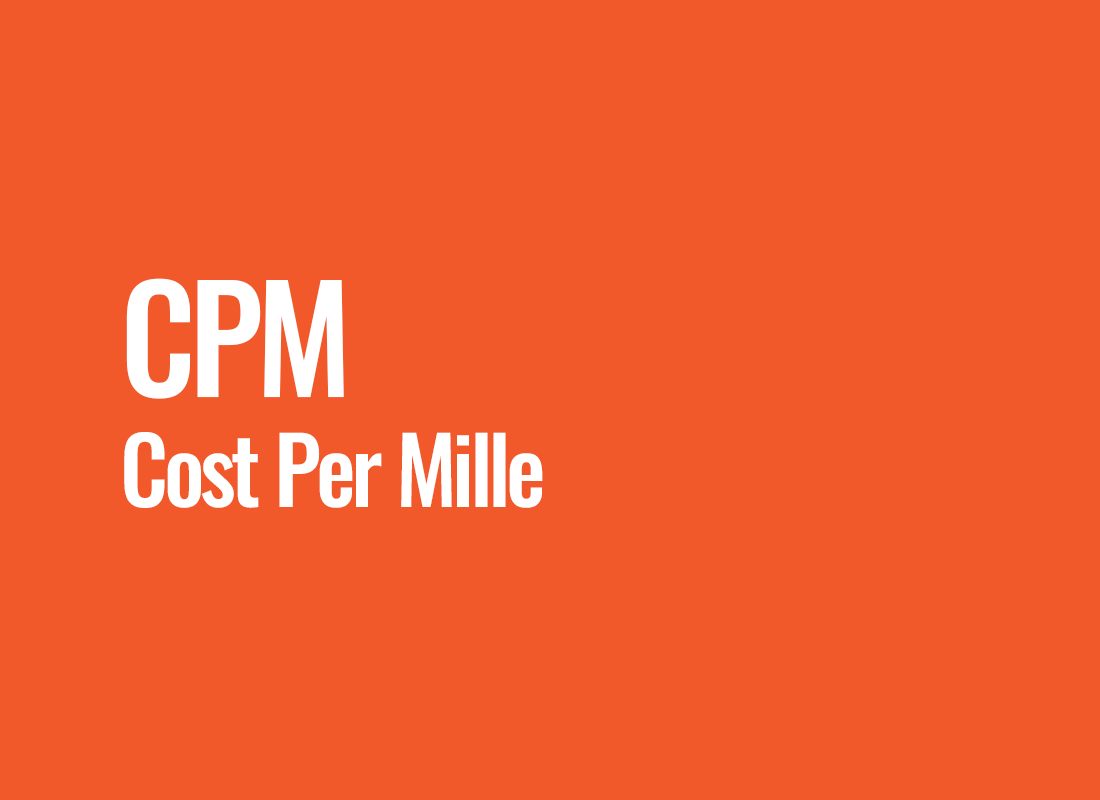CPM (Cost Per Mille)
Cost Per Mille (CPM) is a term from the realm of online marketing, referring to the cost of displaying an advertisement to a thousand of its viewers. The name comes from the Latin word "mille", meaning "thousand". In the e-commerce environment, where analysis and cost optimization are key to success, CPM is one of the fundamental indicators used to measure the effectiveness of an advertising campaign. It allows entrepreneurs to assess how much it costs to reach a thousand potential customers, which is essential when planning an advertising budget.
The key to understanding CPM is realizing that it focuses solely on the number of views, not on user interactions with the ad. This means that regardless of whether a person clicked on the ad or not, they are included in the cost based on the number of displays. For companies looking to increase brand recognition, CPM can be a key indicator as it focuses on broad reach, not specific recipient actions.
However, CPM doesn't operate in isolation. It interacts with other indicators such as Cost Per Click (CPC) and Cost Per Action (CPA). When entrepreneurs brainstorm about an advertising strategy, they often analyze these indicators together to understand the complete picture of the effectiveness of their campaigns.
While CPM is ubiquitous in the world of online advertising, it is also used in other forms of media, such as television or print. Regardless of the medium, the goal is to understand how much it costs to reach a broad group of people, allowing marketers to compare the effectiveness of different communication channels.
Before we delve into specific examples of CPM application, it's worth noting a few key benefits from its use. Firstly, it's an excellent tool for evaluating and comparing different advertising campaigns. Secondly, it allows entrepreneurs to accurately plan budgets and forecast return on investment. And finally, by using CPM, companies can better understand which advertising channels offer the best value for money.
Here's how CPM impacts your marketing strategy
1. Social media advertising campaigns
Imagine you're running an advertising campaign on Facebook aiming to increase brand awareness. After the campaign concludes, you notice that your ad has been displayed 100,000 times. If you paid 500 PLN for this campaign, your CPM is 5 PLN. This means that for every thousand ad displays, you pay 5 PLN. By analyzing this indicator, you can decide whether to invest in further campaigns in the same medium or to look for cheaper
2. Print and television advertising
Despite the growing popularity of digital advertising, traditional media still play a significant role in marketing strategy. Suppose your magazine ad cost 10,000 PLN and reached 500,000 readers. This means that the CPM is 20 PLN. Comparing this indicator with the CPM for online campaigns, you can decide which medium provides you with a better return on investment.
3. Billboards in strategic locations
A high-quality billboard in the city center may cost significantly more than in a less frequented location. However, if the billboard in the center is visible to a million passersby monthly, and costs 20,000 PLN, the CPM is 20 PLN. Assessing the effectiveness of this investment, you might wonder whether it would be better to invest in other forms of advertising or stick to this traditional format.
Applying CPM in practice
Why is it important to know CPM?
Understanding CPM is crucial for every marketer who wants to maximize the return on advertising investment. With this indicator, one can determine which campaigns and advertising channels are most profitable. In a world where advertising budgets are limited and competition is immense, using tools like CPM can be decisive for success.
When is CPM not enough?
Despite many advantages, CPM is not an omnipotent indicator. It focuses on the number of views, omitting other important metrics, such as user engagement or conversions. Therefore, it's worthwhile to analyze CPM in the context of other indicators to get a comprehensive view of an advertising campaign's effectiveness.
Cost Per Mille is an indispensable indicator in a marketer's arsenal. It allows for assessing how much it costs to reach a thousand viewers, which is extremely important in budget planning and forecasting return on investment. However, like any tool, CPM has its limitations and should be used in conjunction with other metrics to obtain a complete and accurate understanding of campaign effectiveness.




